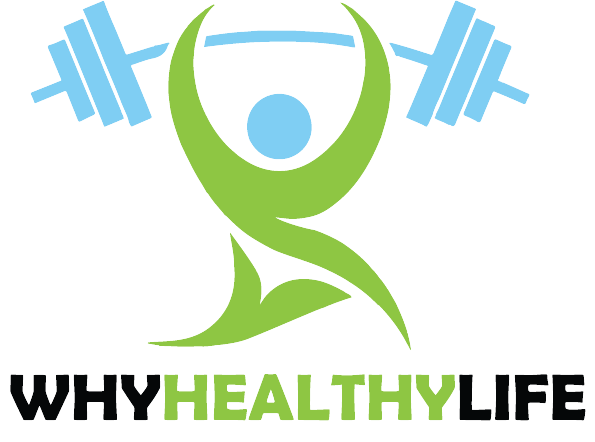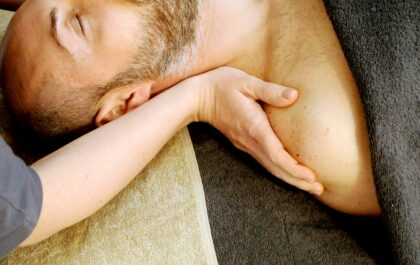Recently, there has been a lot of attention placed on cold therapy, also known as cryotherapy for its potential uses for recovery and general wellness. The term used for this therapeutic technique is counter-irritation, which is exposing the body to cold temperatures to help with pain, inflammation, and recovery after physical activity. With cold therapy becoming more popular among athletes and fitness enthusiasts for its supposed benefits, it’s important to understand exactly how it works, how to use it, and if it can deliver on its promises.
Understanding Cold Therapy
Cold therapy refers to several ways of using cold temperatures to treat a variety of conditions and bring about recovery. Ice packs, cold baths, and whole-body cryotherapy chambers are all these techniques. This is one reason cold therapy is used — the primary goal is to reduce inflammation, numb pain, and help the body heal faster. Cooling off parts of the body can slow down processes and restrict blood vessels, reducing pain and swelling of areas affected by them.
Mechanisms of Action
Cold therapy, to be effective, has physical effects on the body. When exposed to cold, the body responds in several ways:
• Vasoconstriction: It also takes on cold temperatures to cause the blood vessels near the affected area to constrict, limiting the blood flow to the area. This is something that helps minimize swelling and inflammation, thus making it really good after injuries or high-intensity workouts.
• Reduced Metabolic Rate: This lowers the metabolic activity of tissues, whereas certain tissues can voluntarily decrease, at least in part, the demand for oxygen and nutrients. In all, this reduction may help to preserve tissue health during recovery.
• Pain Relief: Cold therapy numbs out nerve endings in the affected area and gives you immediate pain relief. Then, this effect can be especially useful for people who experience acute injuries or chronic pain conditions.
Applications of Cold Therapy
Used in fields such as sports medicine, physical therapy as well as wellness, cold therapy comes in a variety of forms and numerous applications that can be utilized for many different reasons. Some common uses include:
Post-Workout Recovery
Cold therapy is sometimes used by athletes to speed recovery after hard training or to relieve muscle soreness. Delayed onset muscle soreness (DOMS) can be reduced with techniques such as ice baths or localized ice application, but the total recovery time is improved in general.
- Injury Management
For acute injuries like sprains, strains, and bruises — cold therapy is common. Cold (ice) application to the injured area can also decrease swelling and help manage pain needed to help mature heal faster so you can return to normal function quicker.
- Chronic Pain Relief
People suffering from chronic pain conditions like arthritis or fibromyalgia may be helped with cold therapy. Cold can regularly help numb painful areas and reduce inflammation improving quality of life.
- Mental Wellness
New research indicates that cold therapy might also have mental health benefits. For example, it’s associated with a lessening of the symptoms of both anxiety and depression. According to some, cold exposure can prompt the release of endorphins, which can help make you feel good in the sense of well-being and relaxation.
Safety Considerations
At the same time, cold therapy can be useful, but you have to treat it carefully. Frostbite of tissue or tunneling of tissue can result from prolonged exposure to extreme cold. To ensure safety during cold therapy, consider the following guidelines:
• Limit Exposure Time: Avoid exposure to cold air for an extensive period. Local cold therapy should be limited to a 15 to 20-minute application limit.
• Use Protective Barriers: Ice packs and cold compresses should only be applied directly to the skin when the towel or cloth between the skin and ice will prevent or minimize contact with ice.
• Listen to Your Body: How your body reacts to cold therapy is something to keep an eye on. Stop using if you have excessive pain, numbness, or discomfort.
Cold Therapy with Recovery Routines
People should use cold therapy to supplement their recovery routine to gain the best results from it. Here are some effective strategies:
Timing
Cold therapy recovery, like any other treatment, must be timed correctly. Generally, it is most effective when used right after exercise or injury. Incorporating cold therapy within the first 24 hours after an athlete has worked an exercise can assist with home discomfort and inflammation.
Other Recovery Techniques Combination.
In addition to cold therapy, combined with other recovery types like active recovery, stretching and hydration add further benefit effects. Alternating cold therapy and gentle movement will help circulation and speed up the healing process.
Personalization
Cold therapy may result in a different reaction in one individual from another. Then it’s the personalization of the approach according to what the client wants and their characteristics. Different cold therapy methods can be tested: ice bath, localized ice pack, or cryotherapy chambers so that the best for each can be found.
Research Emerging and Future Directions
Interest in cold therapy is on the rise but a lot more research is being conducted to determine what it can and cannot do. Studies explore many aspects such as optimum temperature range, duration of exposure, and physiological mechanisms of its benefits. Researchers are also wondering about the effects cold therapy has on athletic performance and recovery in the long term.
Conclusion: The Use of Cold Therapy for Enhanced Recovery
Overall, cold therapy appears a good way to recover and improve your health, from post-workout recovery to chronic pain treatment. Learning how it works, how safe it is, and how to best incorporate it into recovery routines can help individuals reap the benefits of this therapeutic practice. The research continues to evolve, and it’s not too far-fetched to consider cold therapy to be a part of athletic and nonathletic people’s holistic health and wellness strategies.
Related posts
Subscribe
* You will receive the latest news and updates on your favorite celebrities!
Quick Cook!
Navigating Food Labels: Understanding Nutritional Information
Reflexology: Tackling What We Know and What We Could Learn About Its Health Benefits
[instagram-feed feed=1]



